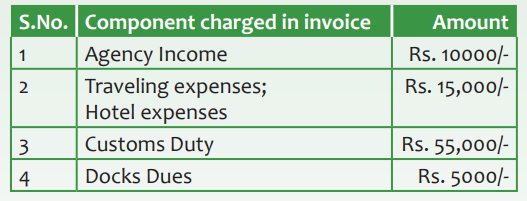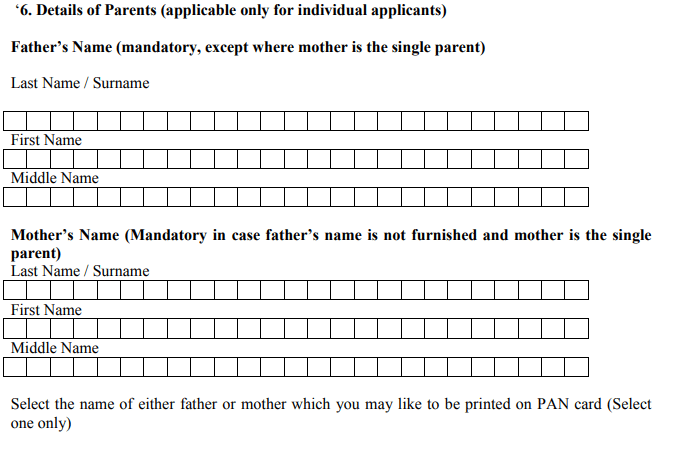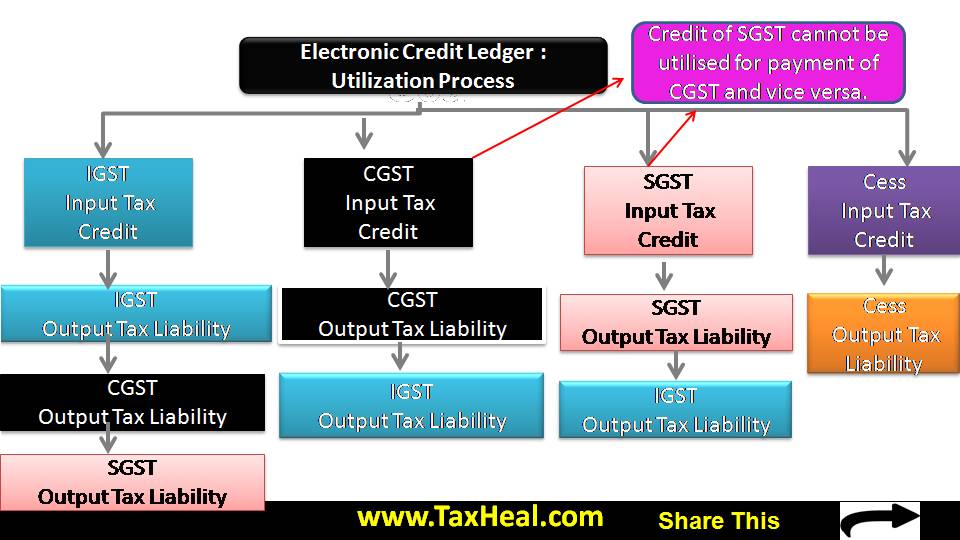Income Tax Slabs for AY 2018-19 / FY 2017-18
Income Tax Rate Chart / Income Tax Slabs for AY 2018-19 / FY 2017-18 i.e for income earned from 01.04.2017 to 31.03.2018 , Income Tax will be calculated as per the following slabs of Income Tax Act of India :-
Income Tax Slabs for Individual , HUF or Association of Person or Body of Individual or any other artificial juridical person
1. In case of an Individual (resident or non-resident) or HUF or Association of Person or Body of Individual or any other artificial juridical person
Income Tax Slabs for AY 2018-19 / FY 2017-18 for Individual below the age of 60 years, HUF, AOP, BOI , artificial juridical person
Assessment Year 2018-19
| Taxable income |
Tax Rate |
| Up to Rs. 2,50,000 |
Nil |
| Rs. 2,50,000 to Rs. 5,00,000 |
5% |
| Rs. 5,00,000 to Rs. 10,00,000 |
20% |
| Above Rs. 10,00,000 |
30% |
Less: Rebate under Section 87A [see Note]
Add: Surcharge and Education Cess [see Note]
2. In case of a resident senior citizen (who is 60 years or more at any time during the previous year but less than 80 years on the last day of the previous year)
Income Tax Slabs for AY 2018-19 / FY 2017-18 are as follows for senior citizens less than 80 years
Assessment Year 2018-19
| Taxable income |
Tax Rate |
| Up to Rs. 3,00,000 |
Nil |
| Rs. 3,00,000 – Rs. 5,00,000 |
5% |
| Rs. 5,00,000 – Rs. 10,00,000 |
20% |
| Above Rs. 10,00,000 |
30% |
Less: Rebate under Section 87A [see Note]
Add: Surcharge and Education Cess [see Note]
3. In case of a resident super senior citizen (who is 80 years or more at any time during the previous year)
Income Tax Slabs for AY 2018-19 / FY 2017-18 are as follow for super senior citizens ( 80 years or more)
Assessment Year 2018-19
| Taxable income |
Tax Rate |
| Up to Rs. 5,00,000 |
Nil |
| Rs. 5,00,000 – Rs. 10,00,000 |
20% |
| Above Rs. 10,00,000 |
30% |
Add: Surcharge and Education Cess [see Note]
Note:
a) Surcharge:
i) The amount of income-tax shall be increased by a surcharge at the rate of 10% of such tax, where total income exceeds fifty lakh rupees but does not exceed one crore rupees. However, the surcharge shall be subject to marginal relief (where income exceeds fifty lakh rupees, the total amount payable as income-tax and surcharge shall not exceed total amount payable as income-tax on total income of fifty lakh rupees by more than the amount of income that exceeds fifty lakh rupees).
ii) The amount of income-tax shall be increased by a surcharge at the rate of 15% of such tax, where total income exceeds one crore rupees. However, the surcharge shall be subject to marginal relief (where income exceeds one crore rupees, the total amount payable as income-tax and surcharge shall not exceed total amount payable as income-tax on total income of one crore rupees by more than the amount of income that exceeds one crore rupees).
b) Education Cess: The amount of income-tax and the applicable surcharge, shall be further increased by education cess calculated at the rate of two per cent of such income-tax and surcharge.
c) Secondary and Higher Education Cess: The amount of income-tax and the applicable surcharge, shall be further increased by secondary and higher education cess calculated at the rate of one per cent of such income-tax and surcharge.
d) Rebate under Section 87A: The rebate is available to a resident individual if his total income does not exceed Rs. 3,50,000. The amount of rebate shall be 100% of income-tax or Rs. 2,500, whichever is less.
4.Partnership Firm : Income Tax Slabs for AY 2018-19 / FY 2017-18
Income Tax Slabs for AY 2018-19 / FY 2017-18 for a partnership firm (including LLP) is taxable at 30%.
Add:
a) Surcharge: The amount of income-tax shall be increased by a surcharge at the rate of 12% of such tax, where total income exceeds one crore rupees. However, the surcharge shall be subject to marginal relief (where income exceeds one crore rupees, the total amount payable as income-tax and surcharge shall not exceed total amount payable as income-tax on total income of one crore rupees by more than the amount of income that exceeds one crore rupees).
b) Education Cess: The amount of income-tax and the applicable surcharge, shall be further increased by education cess calculated at the rate of two per cent of such income-tax and surcharge.
c) Secondary and Higher Education Cess: The amount of income-tax and the applicable surcharge, shall be further increased by secondary and higher education cess calculated at the rate of one per cent of such income-tax and surcharge.
5. Local Authority : Income Tax Slabs for AY 2018-19 / FY 2017-18
For the Assessment Year 2018-19, a local authority is taxable at 30%.
Add:
d) Surcharge: The amount of income-tax shall be increased by a surcharge at the rate of 12% of such tax, where total income exceeds one crore rupees. However, the surcharge shall be subject to marginal relief (where income exceeds one crore rupees, the total amount payable as income-tax and surcharge shall not exceed total amount payable as income-tax on total income of one crore rupees by more than the amount of income that exceeds one crore rupees).
e) Education Cess: The amount of income-tax and the applicable surcharge, shall be further increased by education cess calculated at the rate of two per cent of such income-tax and surcharge.
f) Secondary and Higher Education Cess: The amount of income-tax and the applicable surcharge, shall be further increased by secondary and higher education cess calculated at the rate of one per cent of such income-tax and surcharge.
6. Domestic Company : Income Tax Slabs for AY 2018-19 / FY 2017-18
For the Assessment Year 2018-19, a domestic company is taxable at 30%. However, for Assessment year 2018-19, tax rate would be 25% where turnover or gross receipt of the company does not exceed Rs. 50 crore in the previous year 2015-16.
Add:
a) Surcharge: The amount of income-tax shall be increased by a surcharge at the rate of 7% of such tax, where total income exceeds one crore rupees but not exceeding ten crore rupees and at the rate of 12% of such tax, where total income exceeds ten crore rupees. However, the surcharge shall be subject to marginal relief, which shall be as under:
(i) Where income exceeds one crore rupees but not exceeding ten crore rupees, the total amount payable as income-tax and surcharge shall not exceed total amount payable as income-tax on total income of one crore rupees by more than the amount of income that exceeds one crore rupees.
(ii) Where income exceeds ten crore rupees, the total amount payable as income-tax and surcharge shall not exceed total amount payable as income-tax on total income of ten crore rupees by more than the amount of income that exceeds ten crore rupees.
b) Education Cess: The amount of income-tax and the applicable surcharge, shall be further increased by education cess calculated at the rate of two per cent of such income-tax and surcharge.
c) Secondary and Higher Education Cess: The amount of income-tax and the applicable surcharge, shall be further increased by secondary and higher education cess calculated at the rate of one per cent of such income-tax and surcharge.
7. Foreign Company : Income Tax Slabs for AY 2018-19 / FY 2017-18
Assessment Year 2018-19
| Nature of Income |
Tax Rate |
| Royalty received from Government or an Indian concern in pursuance of an agreement made with the Indian concern after March 31, 1961, but before April 1, 1976, or fees for rendering technical services in pursuance of an agreement made after February 29, 1964 but before April 1, 1976 and where such agreement has, in either case, been approved by the Central Government |
50% |
| Any other income |
40% |
Add:
a) Surcharge: The amount of income-tax shall be increased by a surcharge at the rate of 2% of such tax, where total income exceeds one crore rupees but not exceeding ten crore rupees and at the rate of 5% of such tax, where total income exceeds ten crore rupees. However, the surcharge shall be subject to marginal relief, which shall be as under:
(i) Where income exceeds one crore rupees but not exceeding ten crore rupees, the total amount payable as income-tax and surcharge shall not exceed total amount payable as income-tax on total income of one crore rupees by more than the amount of income that exceeds one crore rupees.
(ii) Where income exceeds ten crore rupees, the total amount payable as income-tax and surcharge shall not exceed total amount payable as income-tax on total income of ten crore rupees by more than the amount of income that exceeds ten crore rupees.
b) Education Cess: The amount of income-tax and the applicable surcharge, shall be further increased by education cess calculated at the rate of two per cent of such income-tax and surcharge.
c) Secondary and Higher Education Cess: The amount of income-tax and the applicable surcharge, shall be further increased by secondary and higher education cess calculated at the rate of one per cent of such income-tax and surcharge.
8. Co-operative Society :Income Tax Slabs for AY 2018-19 / FY 2017-18
Assessment Year 2017-18 and Assessment Year 2018-19
| Taxable income |
Tax Rate |
| Up to Rs. 10,000 |
10% |
| Rs. 10,000 to Rs. 20,000 |
20% |
| Above Rs. 20,000 |
30% |
Add:
a) Surcharge: The amount of income-tax shall be increased by a surcharge at the rate of 12% of such tax, where total income exceeds one crore rupees. However, the surcharge shall be subject to marginal relief (where income exceeds one crore rupees, the total amount payable as income-tax and surcharge shall not exceed total amount payable as income-tax on total income of one crore rupees by more than the amount of income that exceeds one crore rupees).
b) Education Cess: The amount of income-tax and the applicable surcharge, shall be further increased by education cess calculated at the rate of two per cent of such income-tax and surcharge.
c) Secondary and Higher Education Cess: The amount of income-tax and the applicable surcharge, shall be further increased by secondary and higher education cess calculated at the rate of one per cent of such income-tax and surcharge.
Sponsored Book

Related Post on Income Tax Slabs
Income Tax Slab Rates for FY 2016-17 / AY 2017-18
Income Tax Slab Rates for AY 2016-17 and AY 2017-18
Rates of Income Tax / Income Tax slab rates /Chart AY 2016-17 & 2017-18
Topic wise Income Tax Commentary
Income Tax Slabs
Major Changes in Income Tax Act w.e.f 01.04.2018
Get Rs 5 Crore Reward from Income Tax Department : Income Tax News [Part 39]
Income Tax Informants Reward Scheme 2018
Video : Rs 1 Crore Reward for Benami Property informant : Income Tax News [Part 38]
Income Tax on Salary : Free Study Material
Income Tax on House Property : Free Study Material
Income Tax on business Income :Free Study Material
Income Tax on Capital Gains : Free Study Material
Income Tax Return : Free Study Material
Income Tax on Gifts : Free Study Material
Income Tax on Gratuity : Free Study Material
TDS under Income Tax : Free Study Material
Income Tax Exemptions : Free Study Material
Income Tax Deductions : Free Study Material
Income Tax Penalty : Free Study Material
Income Tax Aadhar Link
How to Submit Request for Rectification of Income Tax Return
10 Recent Income Tax Judgments
Income Tax Department advisory for salaried taxpayers
How to e verify ITR (Income Tax Return ) : User Guide
Section 80TTB Income Tax : Deduction of Rs 50000 p.m to senior citizen
Video ; Transport Allowance Exemption Withdrawn by Govt : Income Tax News [Part 35] : TaxHeal.com
The post Income Tax Slabs for AY 2018-19 / FY 2017-18 appeared first on Tax Heal.
from Tax Heal https://ift.tt/2wBMb27



